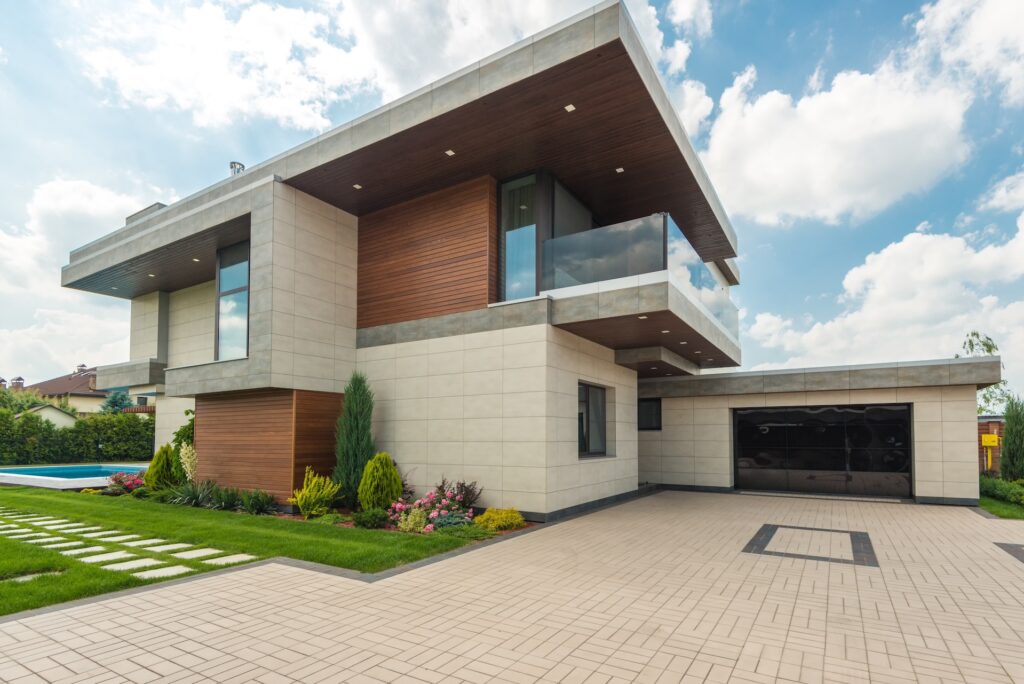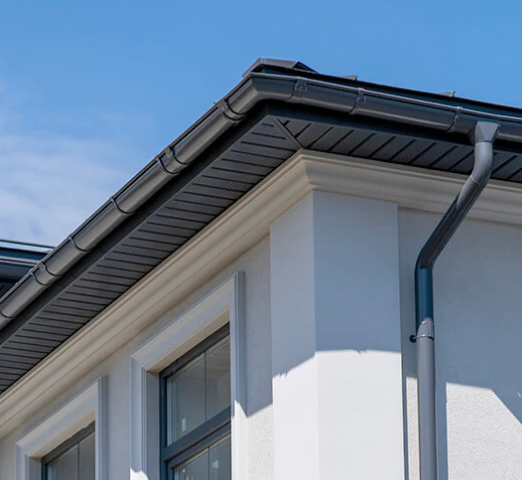Hardscaping projects offer homeowners a means of beautifying their landscapes that don’t require extra maintenance or waste water. From paths to patios, these elements add visual appeal, create focal points for a yard, and make it easier to navigate the landscape.
Choosing materials for hardscaping projects can be a challenge, so homeowners almost always have questions that need answering before they can begin a new hardscaping project. Is it better to install a brick paver driveway, for example, or to use more traditional materials like concrete, asphalt, or gravel? What is the best material for a backyard patio? And, how long do different types of retaining walls last?
Understanding the Options
The first step to deciding what materials to use is to find out what’s available. Check with local hardscaping contractors. Most can complete projects using bricks, stone, pavers, and other materials, but homeowners should defer to the experts when it comes to which of them are appropriate for the climate and application.
When to Use Pavers
Pavers can be made of clay brick, concrete, or natural stone. No matter the material, they’re great for hardscaping applications that require flat surfaces. Driveways, walkways, and patios are all excellent examples of when to use pavers in a hardscaping project.

When to Use Bricks
Unlike pavers, which come in varying shapes, bricks are uniform in shape and size. They’re most appropriate for building structures such as outdoor fireplaces or fire pits. Some homeowners like the way they look on patios, as well, although pavers are still the more popular option.
When to Use Concrete
Homeowners should plan to use concrete when structural integrity is the most important consideration. Retaining walls and masonry fences are good examples. Just keep in mind that many people prefer the look of concrete masonry blocks over poured concrete structures, and the costs are similar. Concrete blocks also offer a greater range of aesthetic options.
When to Use Natural Stone
Natural stone can add beauty to any landscape, whether it’s used as part of a retaining wall or the steps leading up to an entryway. It also tends to be more expensive than man-made alternatives, though, so it’s best to reserve the use of natural stone masonry for applications that require a traditional look.
Defining Priorities
Choosing the right materials for a hardscaping project requires homeowners to have a decent understanding of their priorities. If staying within a strict budget is the top concern, concrete and brick are good options. When it comes to aesthetics and longevity, pavers and natural stone often win out. Masonry blocks offer a comfortable middle ground between affordability and durability, which makes them good options for many types of projects. Taking the time to create a budget and define priorities is the best way to start any new hardscaping project.
The Importance of Working with Professionals
Some homeowners may be tempted to try to cut corners by attempting DIY hardscaping installations, but that’s always a mistake. The only way to get professional results is to work with experts who have all the right tools and training to get the job done right.





